Sugar sugar baby – a guide to sugar alternatives
It doesn’t seem that long ago that the options when it came to sugar were white or brown. Maybe there was a packet of muscavado sugar languishing at the back of your mums cupboard for when the Christmas cake needed baking, and obviously there was the little clickers of splenda that someone had in their coffee because they ‘were trying to be good’.
Sugar is a natural substance that is derived from sugar cane. It is separated from the molasses and then washed and filtered. This process creates white sugar. Brown sugar is made by adding some of the molasses back into the white sugar. Raw sugar is the white sugar before it has been washed and filtered. Sugar gets a bad rep because excess amount of it confuse the body. It causes our blood sugar to spike as well as causing changes in our insulin response. It causes an acidic reaction in the body which is often blamed for many inflammatory illnesses.
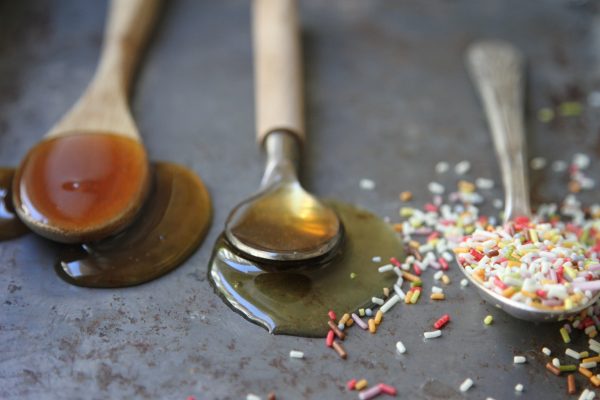
Now sugar alternatives are everywhere and it is super confusing as to which ones are a healthy alternative but also how to substitute them in baking or cooking. I thought I would write a little guide to help us all out & keep checking back as I will keep on adding to it as I encounter and test out more alternatives. This is part 1…
HONEY
The original healthy alternative honey has a huge diversity in flavor allowing you to alter the end taste of recipes. When untreated it contains natural anti bacterial properties (which is why you can put it on a cut) as well as some B Vitamins and antioxidants. It is still high in sucrose though and will cause some blood sugar spike. This is my favorite go to raw honey with a mild taste which is perfect on porridge or in tea.
Best for: puddings, ice creams, gelato and in smoothies or tea. Can be used in very soft cakes & to top porridge, yoghurt etc
Cons: can’t be used where you need to cream ingredients as it doesn’t create the pockets of air that you need to create a rise so not great in traditional cakes like sponges.
MAPLE SYRUP
Made from the sap of maple trees (it is the trees natural anti freeze) it is suitable for plant based diets and is rich in calcium, iron and zinc (although raw honey contains more). You can get crystalized maple syrup too. Like honey it can’t be used in recipes that need you to cream ingredients. We love this 100% maple syrup on buckwheat pancakes with coconut butter.
Best for: caramels, sweets, puddings and gelato or on top of porridge or pancakes
Cons: can’t be used for creaming. Watch out that it is pure maple syrup as it can be mixed with artificial ingredients and fillers.
DATE SYRUP
Extracted from dates using a heating and pressing process it is natural product. Dates are known to cause less of a sugar spike thanks to their naturally low GI levels. As with any syrup you can’t use it where you need to cream but it is great in caramels with its rich taste. It is naturally high in iron and a good source of vitamins. You can easily make it yourself too. This stuff is addictive, amazing for sweetening yoghurt, making granola and eating off the spoon.
Best for: puddings, caramels,flapjacks, oat bars, soft cakes as well as a topping for porridge etc
Cons: it has a distinctive taste and can leave cakes very sticky
COCONUT SUGAR
Made from coconut blossoms (rather than coconuts), this sugar has a lower GI, contains some fibre and is softer than normal sugar. You can substitute it 1:1 in baking recipes that use traditional sugar. This one is the one I tend to use in baking and to top plant based creme caramels.
Best in: bakes that require a dryer texture. As it is a softer sugar you won’t get as much air which leads to a naturally denser bake.
Cons: can be very expensive and as it is not as sweet you often end up using more.
Once hailed as the golden alternative to sugar, this syrup has fallen from its spot lately. The harvesting of it causes damage to the environment as agave is a natural bat food. Less agave means less bats which means less pollination. It is naturally twenty times sweeter than sugar so you use less. It has a lower GI than sugar but contains high levels of fructose. This agave has a mild taste and is great when making granolas
Best in: smoothies, caramels, deserts
Cons: Can lead to sticky bakes so make sure to grease or line your tins/pans, also needs to be combined with fat to stop it separating
AGAVE
Once hailed as the golden alternative to sugar, this syrup has fallen from its spot lately. The harvesting of it causes damage to the environment as agave is a natural bat food. Less agave means less bats which means less pollination. It is naturally twenty times sweeter than sugar so you use less. It has a lower GI than sugar but contains high levels of fructose. This agave has a mild taste and is great when making granolas
Best in: smoothies, caramels, deserts
Cons: Can lead to sticky bakes so make sure to grease or line your tins/pans, also needs to be combined with fat to stop it separating
MOLASSES
Molasses is the left over product when white sugar has been evaporated from sugar cane. Blackstrap molasses has very high levels of iron and B vitamins. It is often used by breastfeeding women to boost their iron levels and milk supply. It is naturally acidic which means that when combined with baking soda, you get very light airy cakes. I used these molasses in ginger muffins and lactation cookies just after I had the little one and it was delicious.
Best in: gingerbread, granolas and savory dishes
Cons: has an intense taste and will overwhelm other flavours
FRUIT
Fruit is natures sugar and puree apple and grated fruit can easily sweeten a cake or granola. You can also get fruit syrups which can be used in the same way as date syrup or honey. They taste amazing and often have more vitamins. This one is my absolute favorite and I always stock up when i see it. Spices like cinnamon and vanilla can top porridge and yoghurts. Seasonal fruit tastes sweeter and roasting fruit caramelizes its natural sugars for extra sweetness. It’s really important to remember that sugar is sugar, even if it comes in the form of honey or from coconut blossom. Each alternative has its benefits but non of them can really be considered a health food. As with all things, eat them in moderation and be mindful.

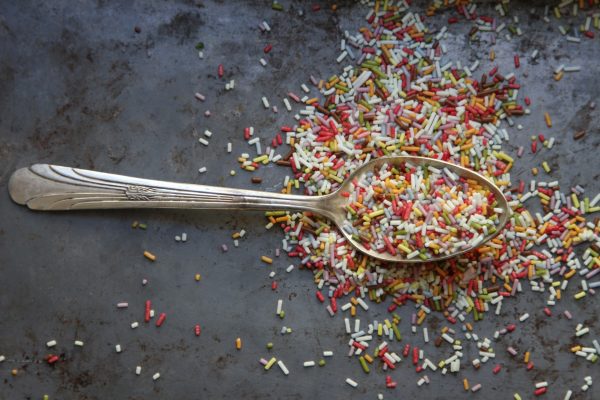
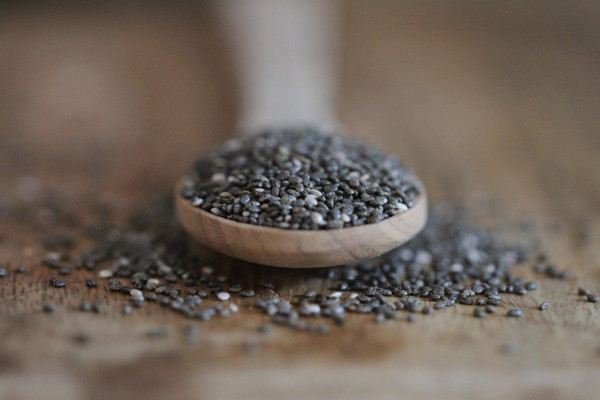
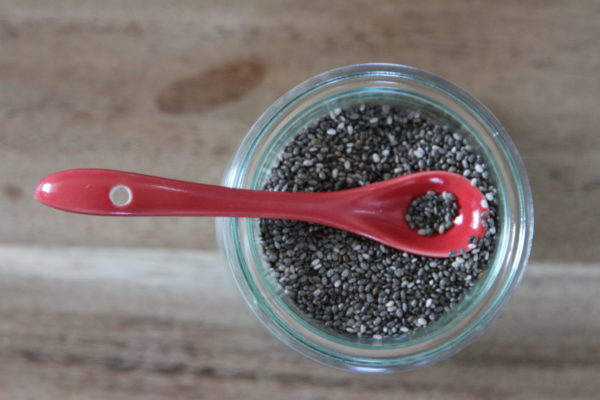
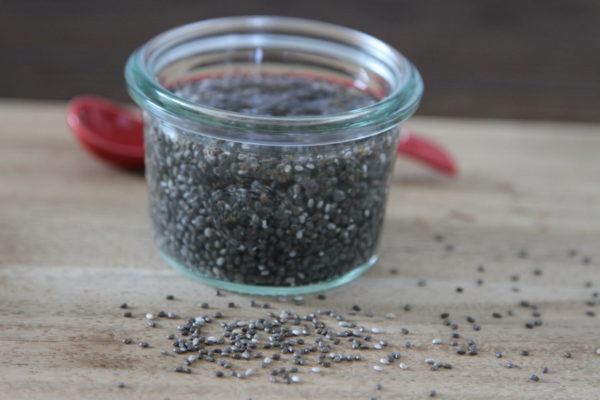
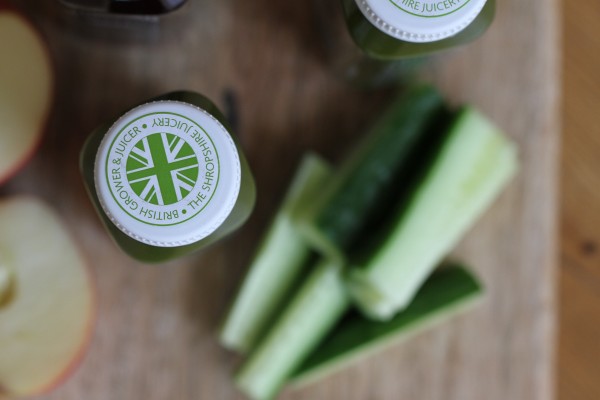
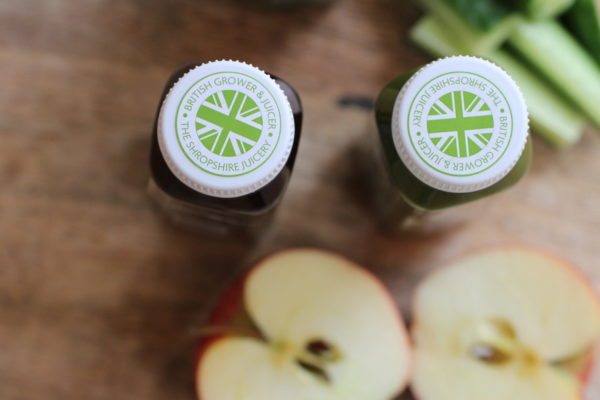
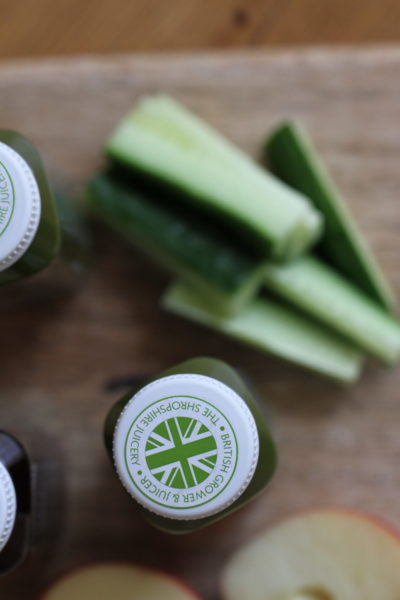
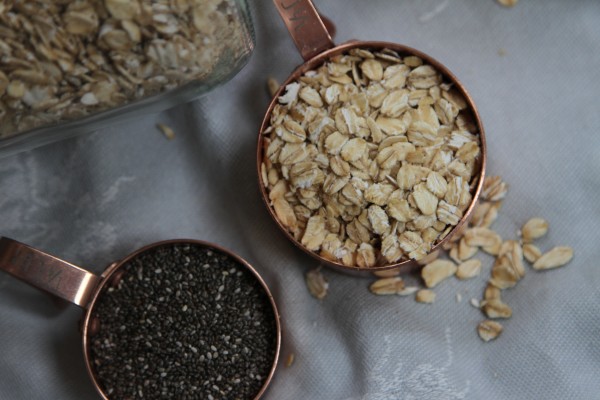
Let’s Hang Out